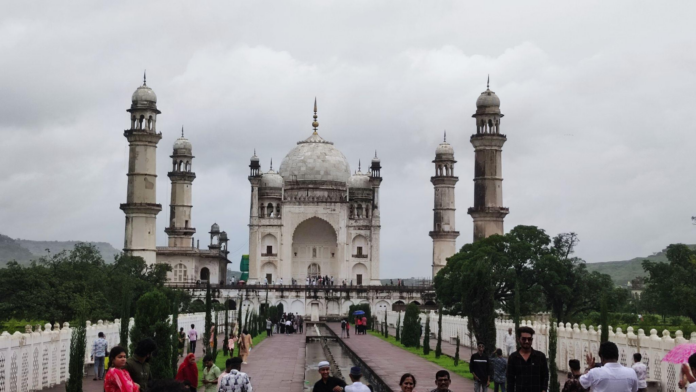
Aditya Porwal & Sumit Singh, TwoCircles.net
Aurangabad (Maharashtra): Bibi Ka Maqbara, the 17th-century Mughal monument in Maharashtra’s Chhatrapati Sambhajinagar, is slipping into ruin. Known as the “Taj of the Deccan”, its blackened marble, cracked walls and fading engravings reveal a neglect.
Built in 1651 by Aurangzeb in memory of his wife Dilras Banu Begum (Rabia Durrani), the mausoleum was completed over nine years, later repaired by his son, Prince Azam Shah, in 1676. It was meant to echo the Taj Mahal’s splendour, but today it looks worn and abandoned, with its story of love hiding beneath layers of neglect.
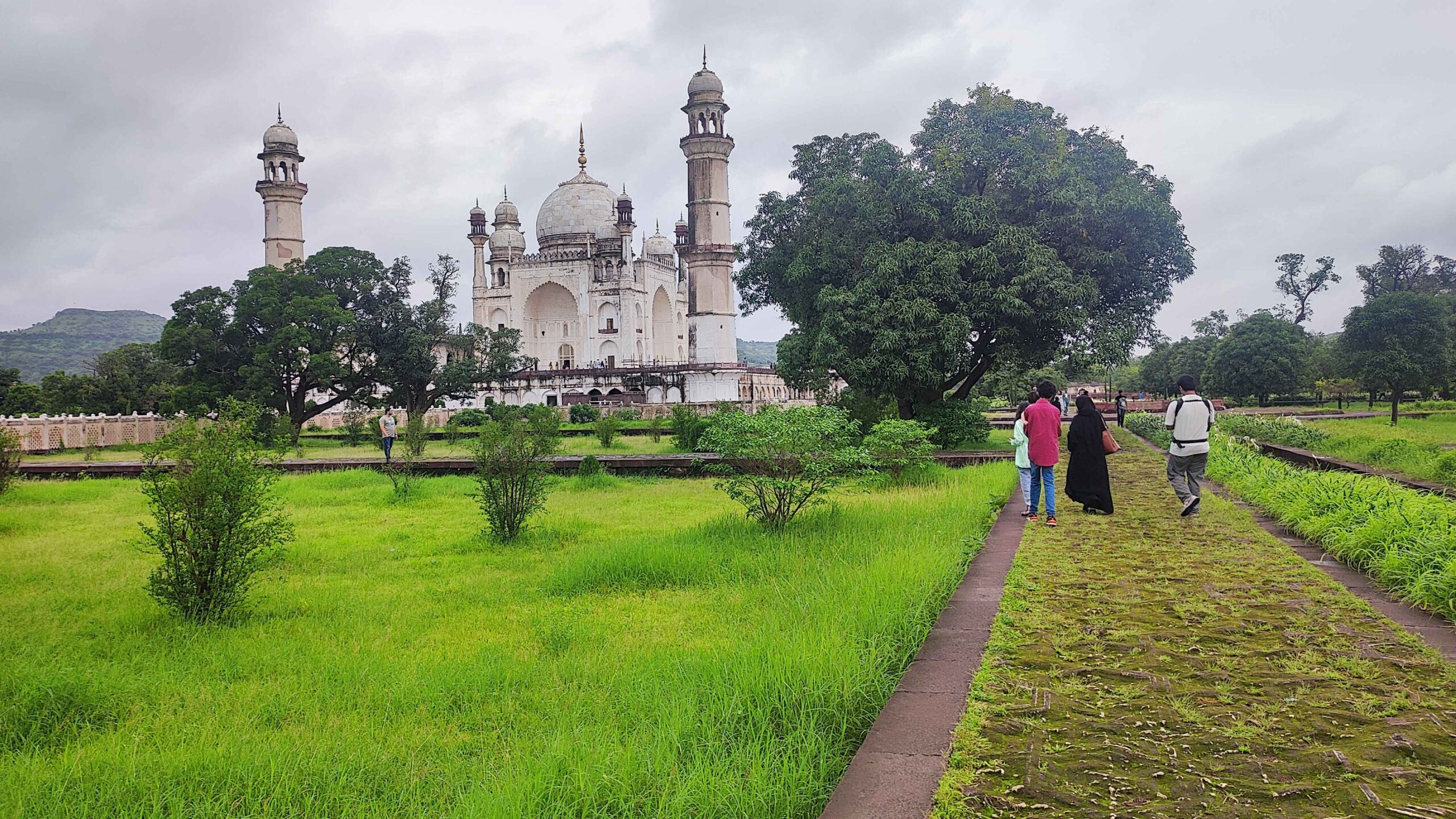
The monument shows its wear as the light fades in the evening. The paths are broken, weeds have spread across the gardens, the carvings have almost disappeared into the stone and water stains have dimmed the marble dome. Once built to rival the Taj, the so-called jewel of the Deccan now slips further into neglect while those meant to protect it look away.
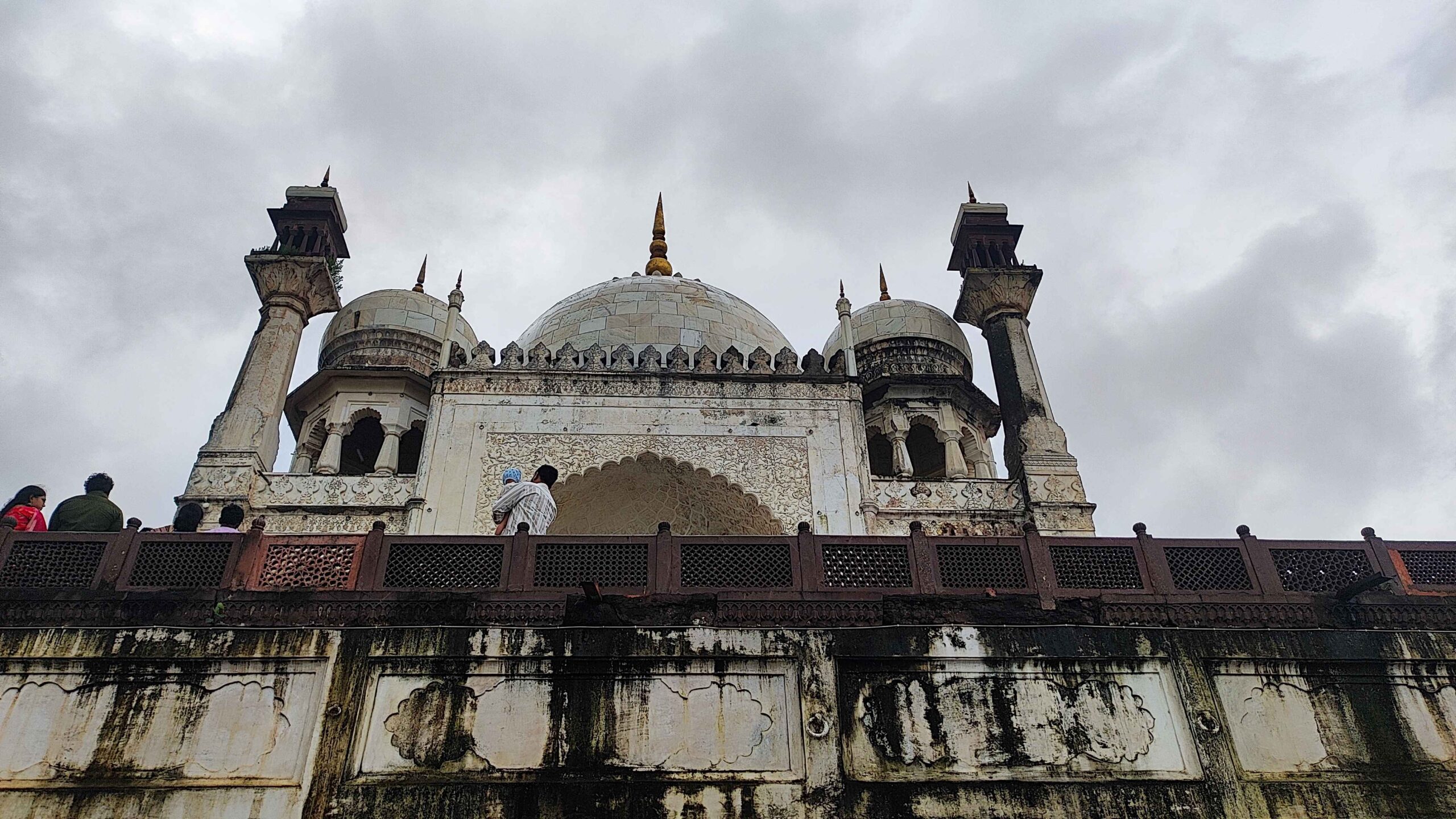
The Archaeological Survey of India (ASI) manages the site, but signs of care are faint. Despite being a major tourist draw and revenue earner, the Maqbara’s decline speaks of how India chooses which parts of its heritage to protect.

In the Charbagh garden, the symmetry has given way to uneven paths and missing tiles. The stucco floral motifs crumble, waterlogging eats at the marble and monsoon rains pool at the base of the tomb.

“It is very sad to see the monument in this condition. This is our pride. This is our history. But every year, its situation is deteriorating. The tourists come, they take pictures, but they also ask why it is in such bad shape. I do not know what to tell them, “Says Anil Patil, a tourist guide for more than two decades.
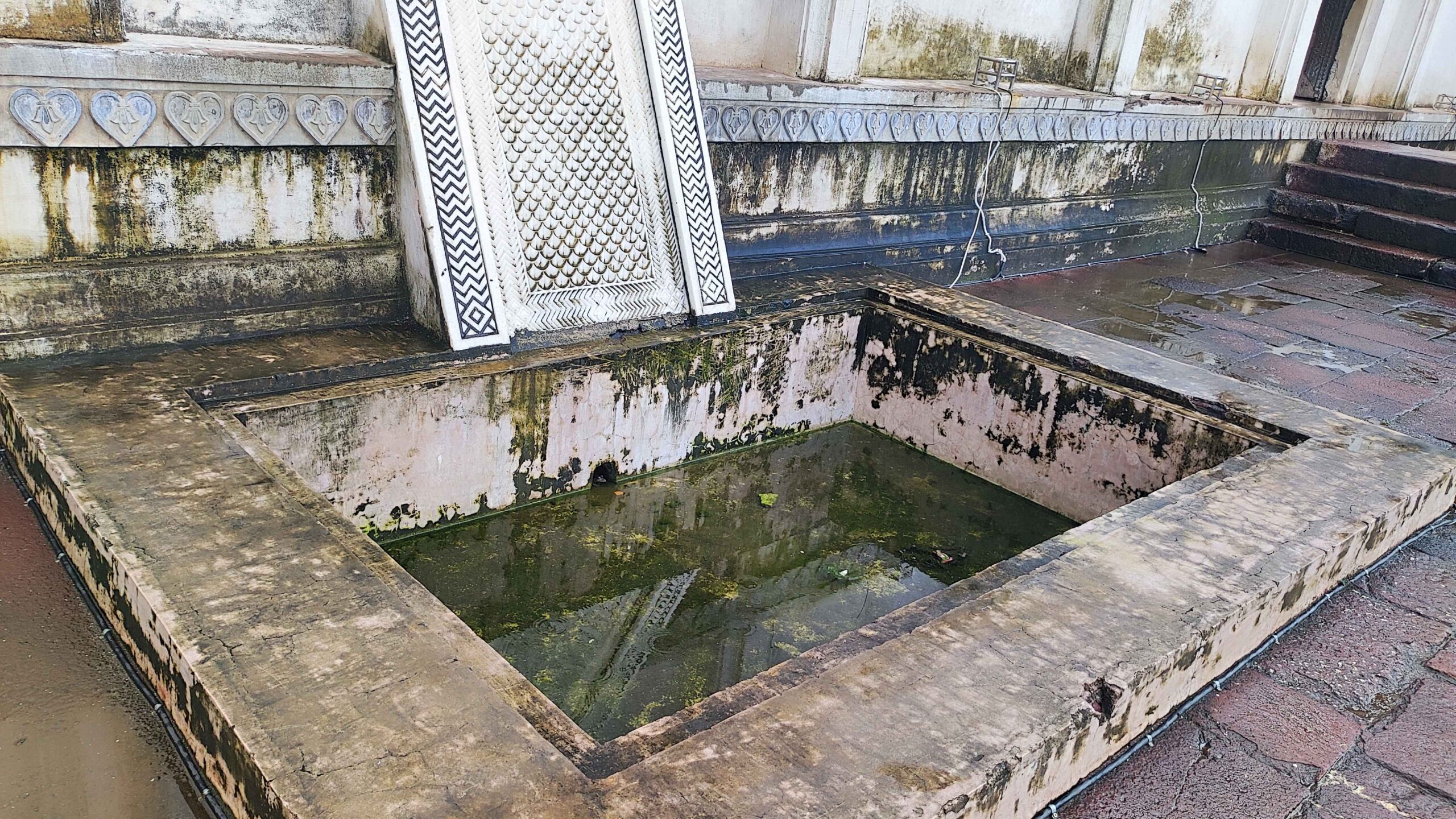
Designed by Ataullah, son of Ahmad Lahauri, the architect of the Taj Mahal, Bibi Ka Maqbara carries its own narrative. The marble brought from Jaipur, hauled by 300 ox-drawn carts, still glimmers faintly, though plaster patches betray incompleteness.
“It is not just a poor man’s Taj. Bibi Ka Maqbara has its own character and its own story. It is a love letter from a son to his mother, and that emotional depth deserves respect,” says Dr. Meera Singh, historian of Mughal architecture.
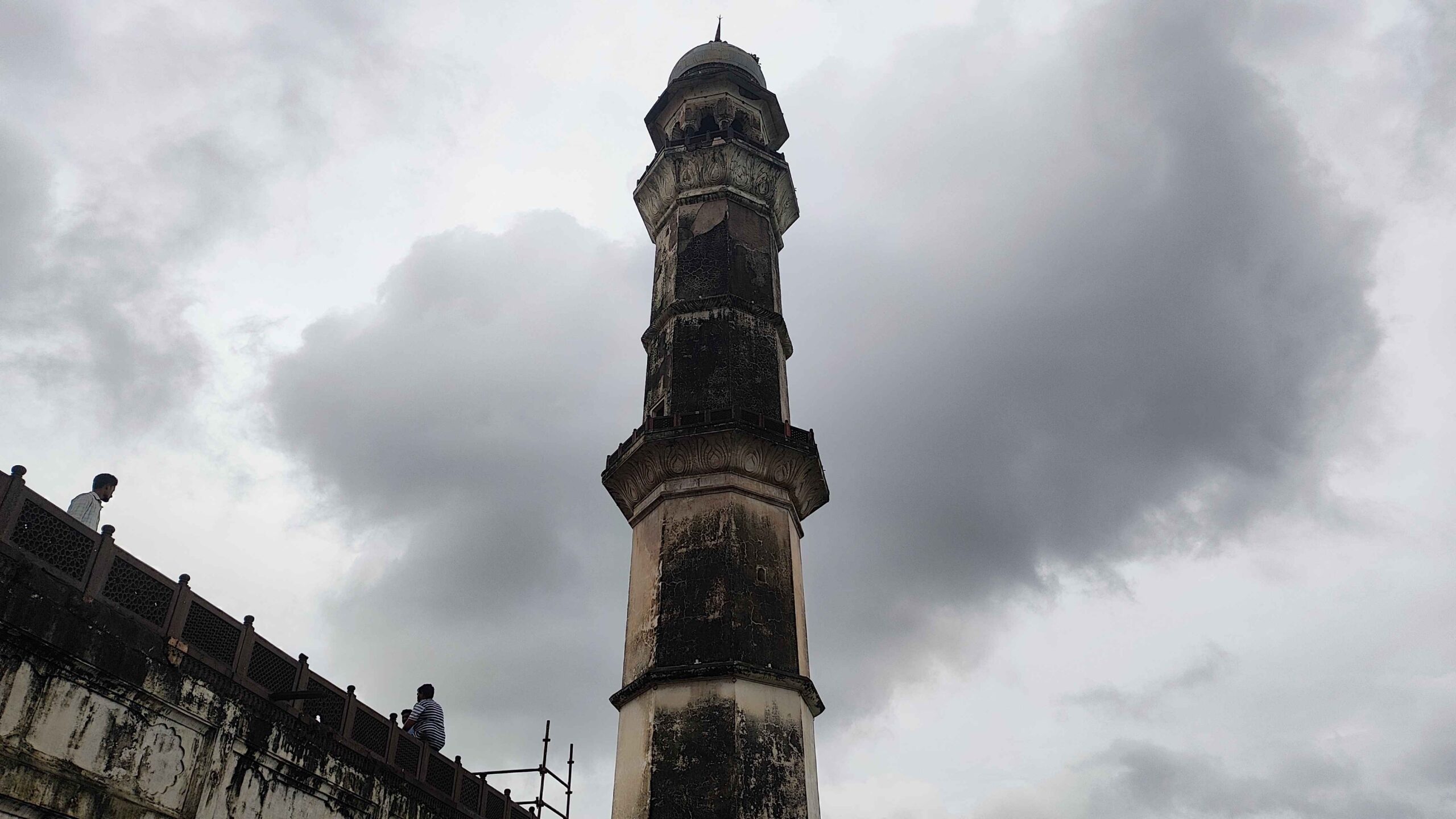
The monument still languishes. In 2023, it welcomed over 350,000 visitors and raised nearly Rs 8 crore in revenue. But the site remains underfunded. Drainage systems are broken, and parts of the outer wall lean on bamboo scaffolds for survival.
“The ASI patches things up after complaints, but it is like putting a bandage on a broken leg. We need proper drainage systems, not quick fixes. The water eats away at the marble, and no one seems to care,” says Rukhsana Begum, a local resident.

The neglect of the Maqbara feels more pronounced when compared with the political spotlight on Aurangzeb’s tomb in nearby Khuldabad. Protests and debates swirl around the emperor’s grave, while his wife’s mausoleum, which is larger and historically significant, too remains ignored.
“It is ironic. Aurangzeb’s tomb, which he wanted simple, gets all the noise, while Bibi Ka Maqbara, a monument of architectural and emotional significance, is ignored. It is like we are punishing the monument for its association with Aurangzeb,” says historian Sanjay Sonawani.
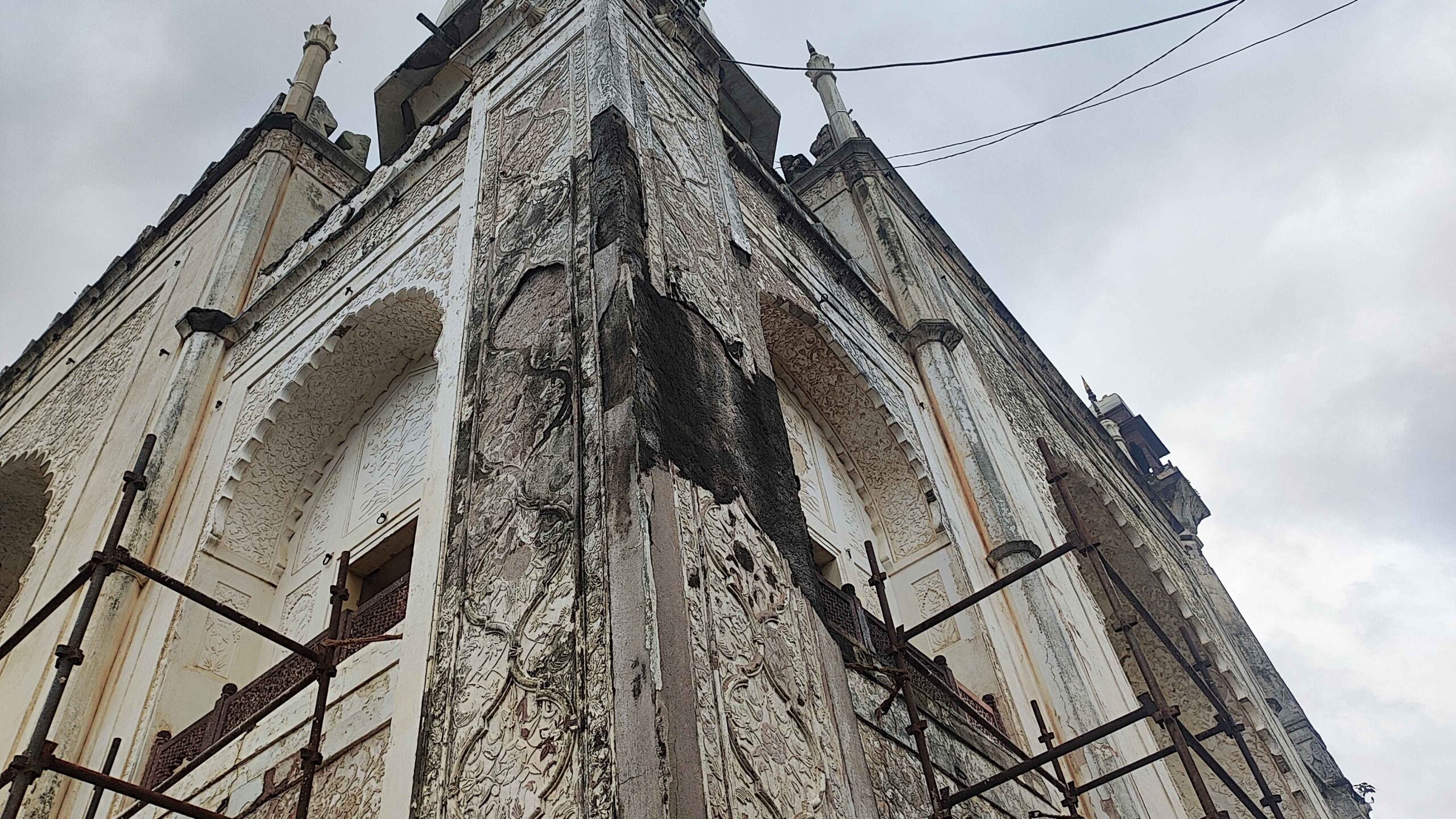
This shadow of politics lingers over heritage. Locals suggest that the emperor’s “divisive” legacy influences the lack of care. Tourism suffers too. A 2024 report shows only 10% of visitors found facilities “satisfactory” compared to 65% at the Taj Mahal.
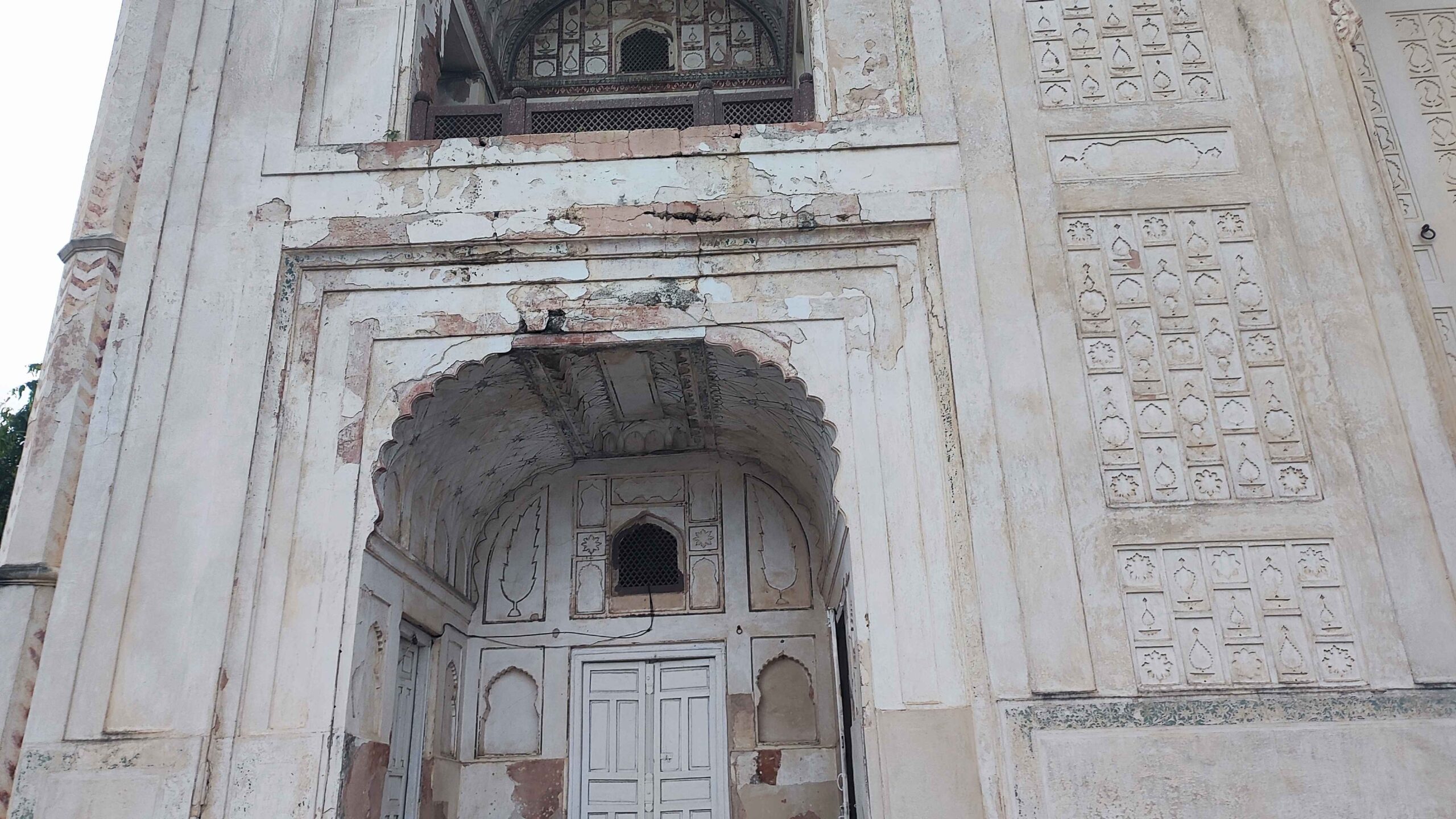
Though the Marathwada Tourism Development Chamber organises an annual October fair at the Maqbara, yet funding remains meagre. In 2023, Ajanta and Ellora received Rs 15 crore for conservation. Bibi Ka Maqbara got Rs 2 crore, which was barely enough for basic upkeep.
A total of 3,600 monuments across India are under ASI protection, but most receive little attention. A 2022 audit highlighted 40% in disrepair, with Bibi Ka Maqbara among them. The small archaeological museum beside the tomb is often locked and its exhibits are forgotten.
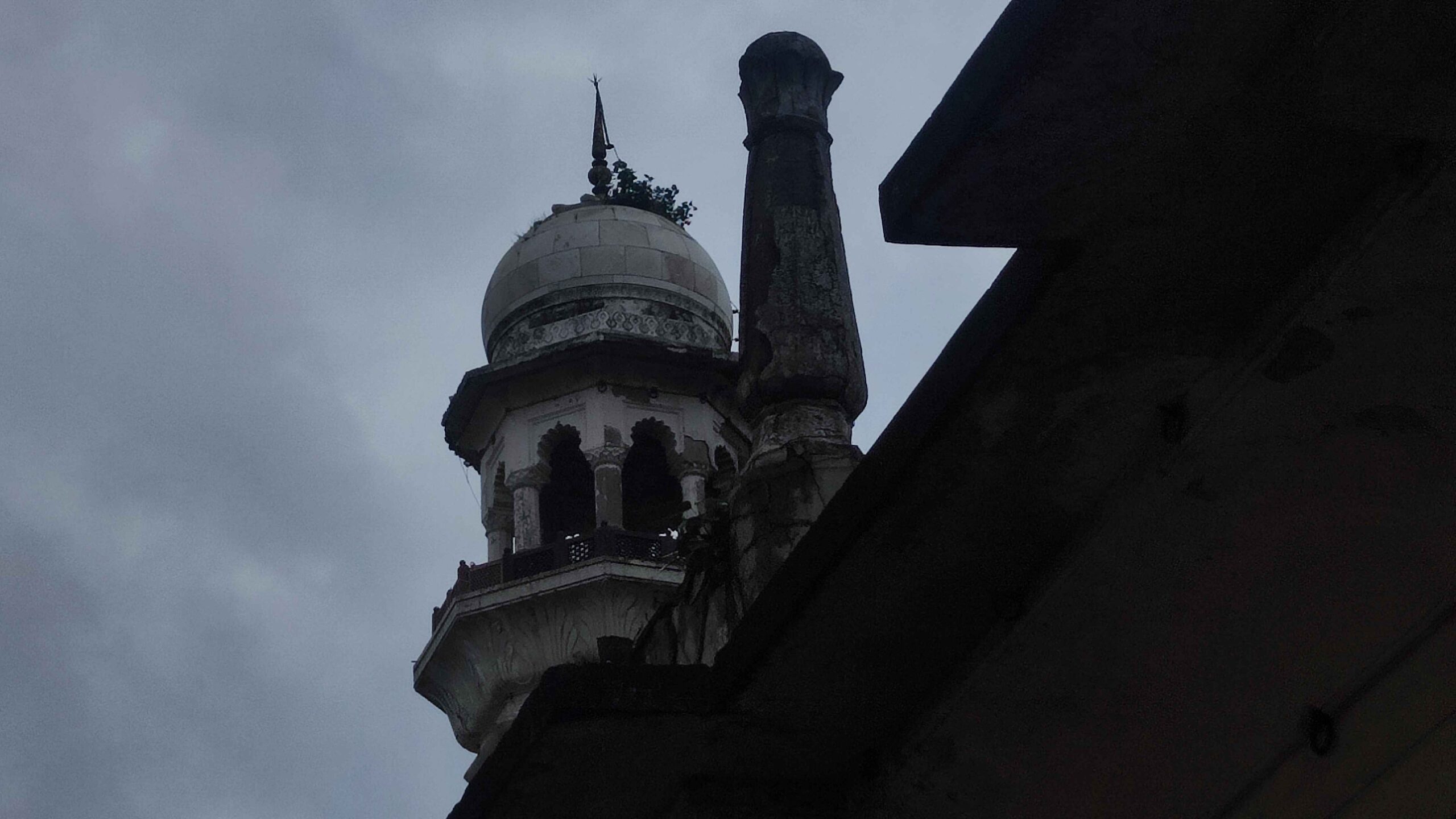
“I came here because I heard it is the ‘Mini Taj’. But it feels abandoned. There is no information board and no proper guides. What is there is just a few signs. It is such a shame for a place this beautiful,” says Priya Sharma, a tourist from Delhi.
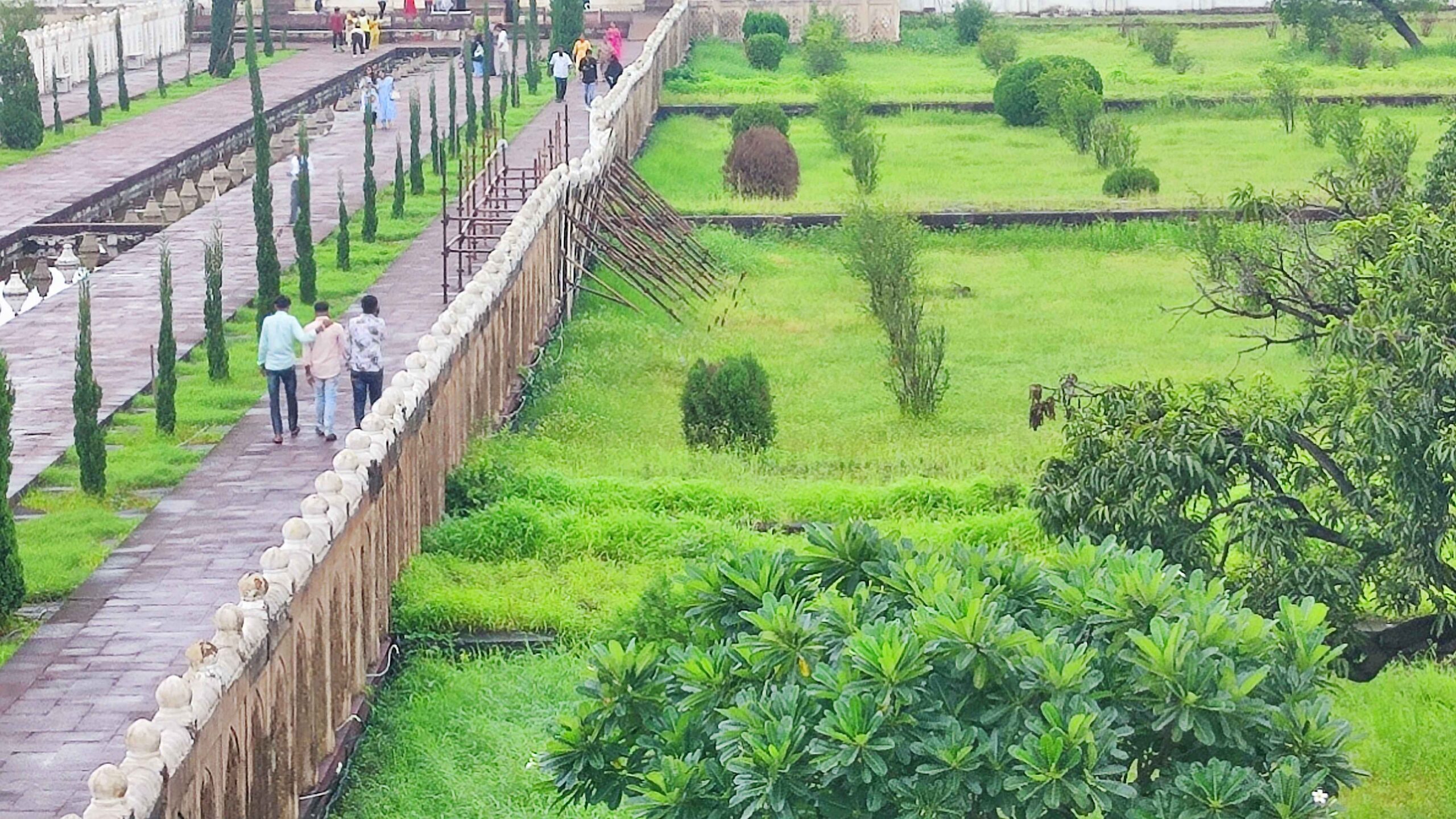
Proposals for restoration that include new drainage, reinforced walls and revived gardens remain buried in files. Approvals move slowly and promises vanish.
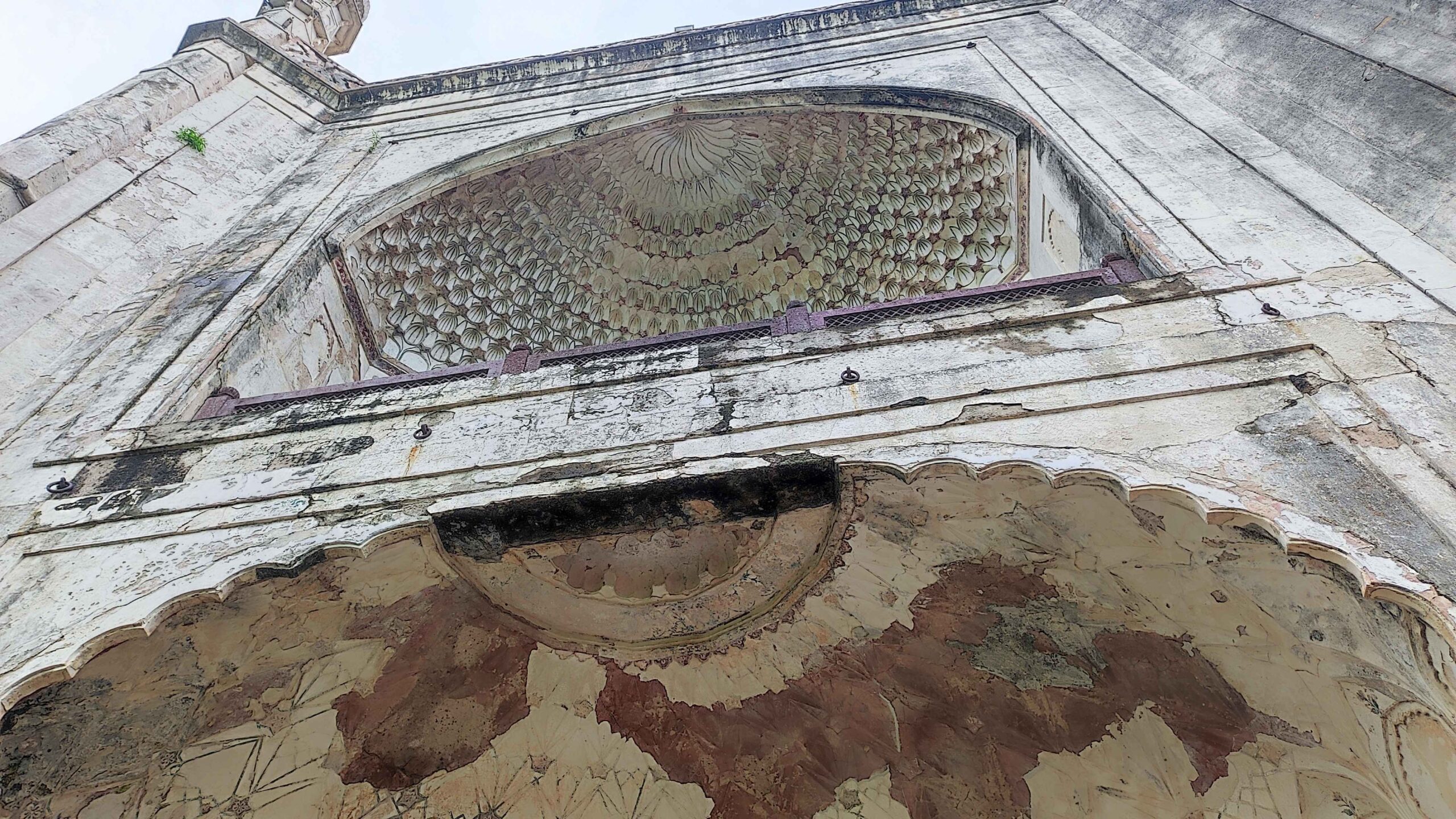
The Maqbara reflects a cultural amnesia. Its Mughal-Deccani blend once celebrated India’s syncretic past. Even the Marathas, despite their wars with Aurangzeb, respected his monuments. Chhatrapati Shahu I’s visit to Aurangzeb’s grave in 1710 is still remembered as an act of dignity.
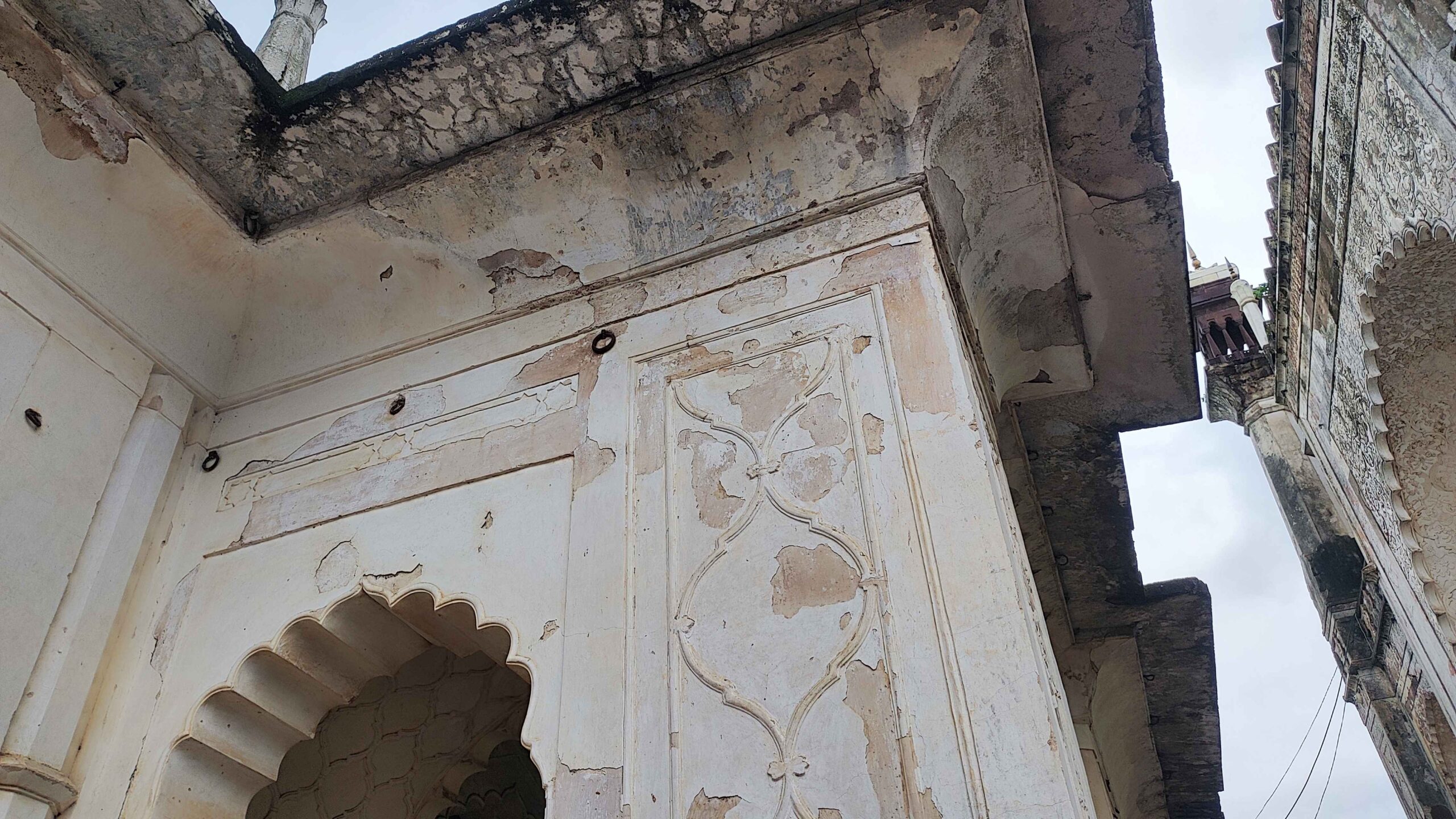
Now, the Maqbara’s minarates rise against the Aurangabad sky, graceful but fragile. Its stones seem to call out for attention, for care and for repair before the years of neglect erase what remains.
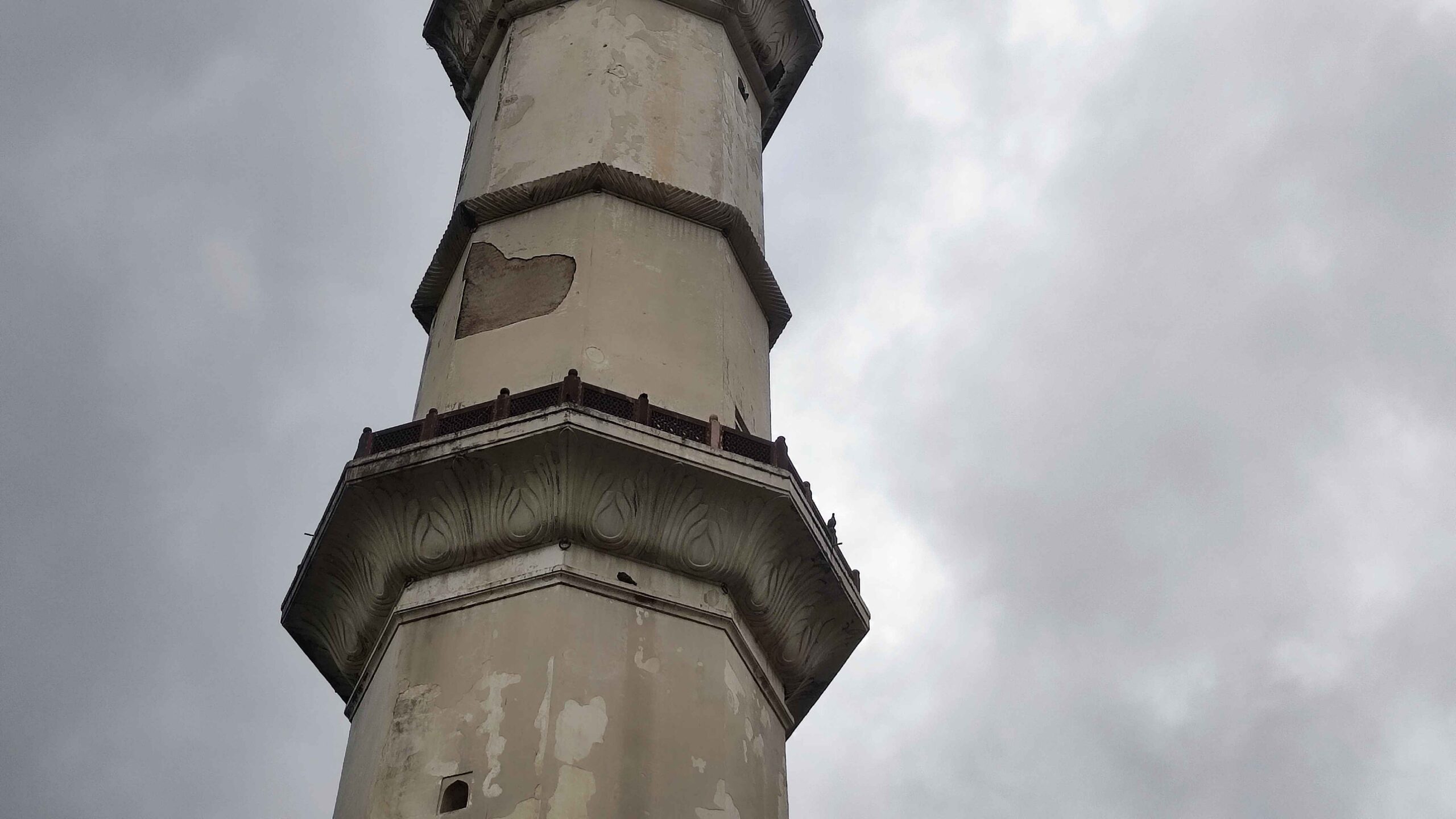
For now, the “Taj of the Deccan” waits.

